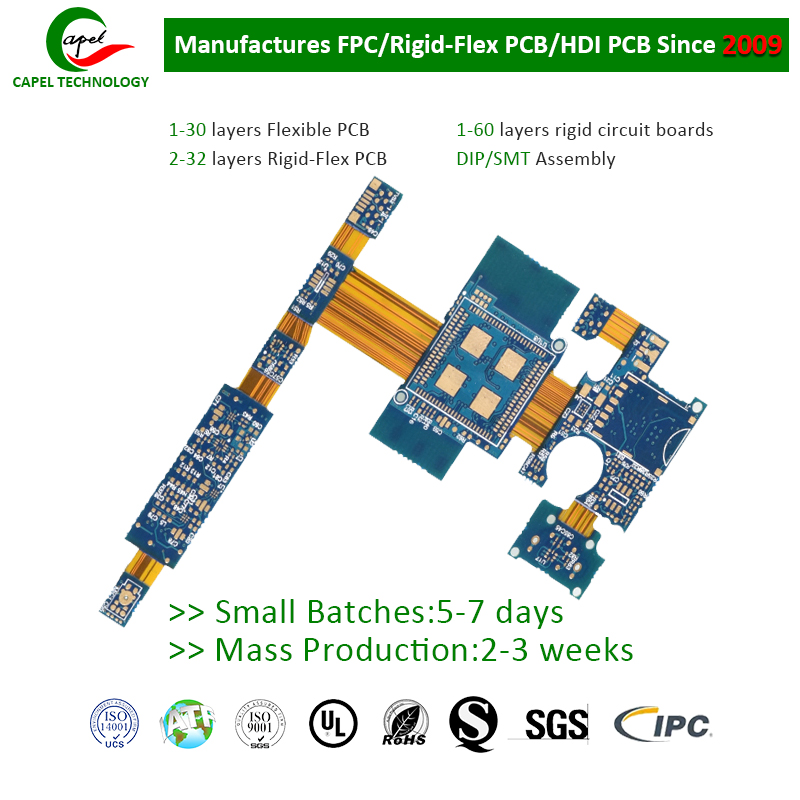Introduction:
Prototyping printed circuit boards (PCBs) using real-time control systems can be a complex and daunting task. However, with the right tools, knowledge, and techniques, the process can be completed successfully. In this comprehensive guide, we’ll walk you through the basic steps and best practices for prototyping PCBs using real-time control systems. Whether you are a professional engineer or an electronics hobbyist, this blog will provide you with the necessary information to turn your PCB ideas into reality.
1. Understand PCB prototype design:
Before diving into the world of real-time control systems, it’s crucial to become familiar with the basics of PCB prototyping. PCBs are an essential component of most electronic devices, providing the hub for interconnections and circuits. To effectively prototype PCBs, you need to understand the design process, PCB layers, components, and manufacturing techniques. This knowledge will form the basis for integrating real-time control systems into PCBs.
2. Choose the right tools and components:
To prototype a PCB using a real-time control system, you must choose the right tools and components. First, you need reliable PCB design software that provides real-time simulation capabilities. Some popular software options include Eagle, Altium, and KiCad. Next, choose a microcontroller or processor that suits your project requirements. Common choices include Arduino, Raspberry Pi, and FPGA boards.
3. Design PCB layout:
PCB layout plays a vital role in the successful integration of real-time control systems. Ensure components are strategically positioned to minimize signal interference and optimize performance. Consider factors such as trace length, power and ground planes, and thermal dissipation. Utilize EDA (Electronic Design Automation) tools to assist with the layout process and leverage manufacturer-provided design rules to avoid common manufacturing issues.
4. Combined with a real-time control system :
Real-time control systems can accurately monitor and control electronic equipment. To integrate such a system into a PCB design, you need to understand various communication interfaces such as SPI, I2C, UART, and CAN. These interfaces enable seamless interaction with sensors, actuators, and other peripherals. Also, understand programming languages like C/C++ and Python as they are commonly used to write firmware that runs on microcontrollers.
5. Testing and iteration :
Once a prototype is ready, it’s critical to thoroughly test its performance. Utilize debugging tools and software to ensure real-time control systems operate as expected. Test various scenarios to verify sensor readings and ensure proper actuator control. If any issues arise, analyze the problem and continue iterating until you achieve the desired functionality.
Conclusion :
Prototyping PCBs with real-time control systems unlock endless possibilities for creating innovative electronic devices. By following established practices, using the right tools, and constantly learning and iterating, you can transform your ideas into fully functional prototypes. Accept the challenge, be patient, and enjoy the process of turning your PCB design into reality.
Post time: Oct-26-2023
Back







